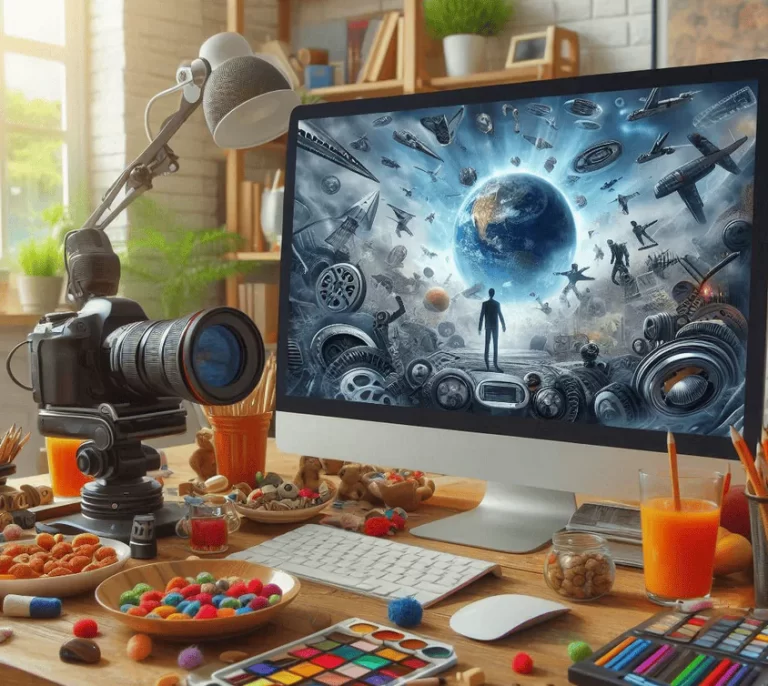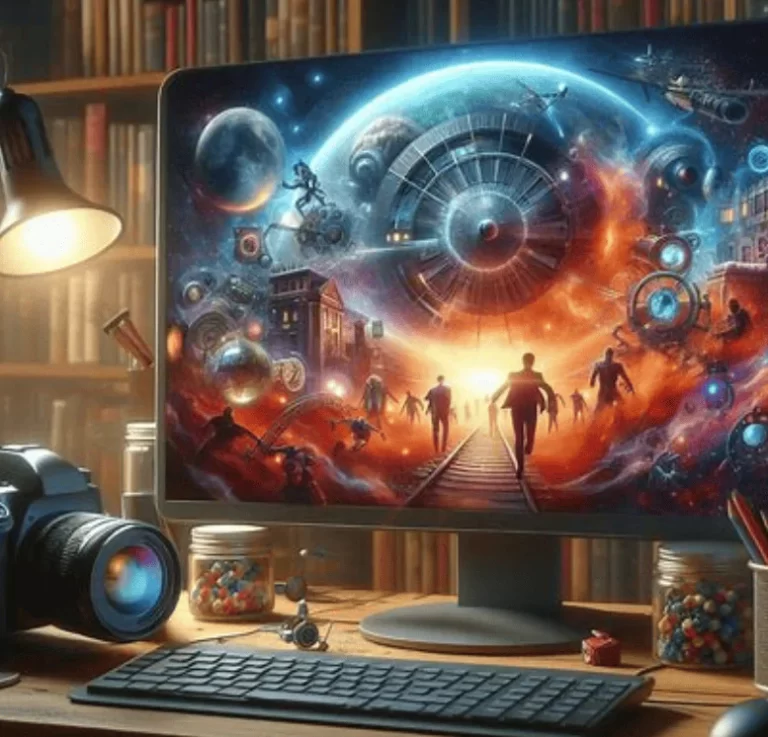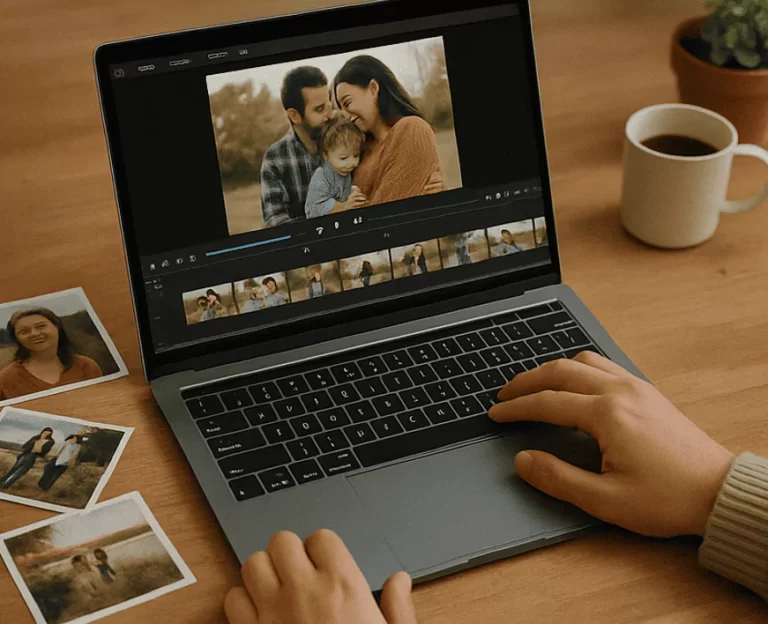
Digital creations In an era where technology and imagination intertwine, the concept of reality has expanded beyond physical confines. What was once bound by the tangible is now liberated by the limitless potential of digital creations. These masterpieces, born from a fusion of artistry and innovation, are reshaping industries, inspiring new forms of self-expression, and challenging our understanding of what it means to create.
The Genesis of Digital Creations
The journey of digital creations began with the advent of computer technology. Early experiments in computer graphics, such as Ivan Sutherland’s Sketchpad in the 1960s, laid the groundwork for what would become a transformative medium. From primitive pixelated visuals to hyperrealistic renderings, the evolution of these digital forms mirrors humanity’s relentless pursuit of progress.
By the late 20th century, the proliferation of personal computers and graphic design software democratized digital art. Programs like Photoshop and CorelDRAW gave artists tools to manipulate pixels with precision, unleashing their creativity in unprecedented ways. The integration of 3D modeling and animation software in the 1990s further expanded possibilities, enabling the creation of virtual worlds that rivaled reality.
Characteristics of Digital Creations
What sets digital creations apart from traditional mediums is their adaptability and versatility. Unlike physical artworks, they exist in a malleable state, allowing for endless iterations and refinements. Artists can manipulate colors, textures, and dimensions with a click, achieving results that might take weeks or months using conventional methods.
This fluidity extends to their distribution and display. A painting may require a gallery wall, but digital creations thrive across platforms, from social media feeds to virtual reality environments. They transcend geographical and logistical barriers, reaching audiences worldwide in seconds.
Another defining trait is interactivity. Unlike static artworks, many digital creations invite viewers to engage directly. This interactivity can range from simple navigable interfaces to complex experiences where user actions shape the narrative or visual output. Such engagement transforms audiences from passive observers into active participants.
The Intersection of Art and Technology
At its core, digital creations represent the symbiosis of art and technology. Tools like graphic tablets, augmented reality devices, and AI-driven software have become extensions of the artist’s imagination, enabling them to transcend traditional boundaries.
Take, for instance, the role of artificial intelligence in generative design. Algorithms can now create intricate patterns, landscapes, and even portraits that rival human handiwork. While some argue this diminishes the role of the artist, others see it as a collaboration, where machines amplify human ingenuity.
Virtual and augmented reality add another dimension to digital creations, immersing audiences in worlds that blend the real and the imagined. A VR sculpture can be walked around, explored, or even altered by the viewer, offering an experience no physical medium could replicate.
Applications of Digital Creations
The influence of digital creations spans numerous industries, each leveraging the medium’s unique attributes to innovate and captivate.
Entertainment and Media
In entertainment, digital creations are the backbone of video games, animated films, and special effects. Studios like Pixar and Industrial Light & Magic have set benchmarks in storytelling, using cutting-edge technology to bring fantastical worlds to life.
Video games, in particular, demonstrate the power of digital creations. These interactive environments combine art, music, and narrative into cohesive experiences that engage players on multiple levels. Titles like The Legend of Zelda: Breath of the Wild or Red Dead Redemption 2 showcase the intricate artistry that defines modern gaming.
Education and Training
In education, digital creations serve as powerful tools for visualization and simulation. Medical students, for instance, can practice surgeries in virtual environments before performing on real patients. Similarly, architectural designs can be rendered in 3D, allowing clients and builders to walk through structures long before construction begins.
Marketing and Branding
Brands leverage digital creations to craft compelling campaigns that resonate with digital-savvy audiences. From immersive AR experiences to engaging social media visuals, the possibilities are endless. These creations allow brands to communicate stories in ways that are both memorable and impactful.
Healthcare and Therapy
In healthcare, digital creations have therapeutic applications. Virtual reality environments are being used to treat conditions like PTSD and phobias, offering safe spaces for exposure therapy. Meanwhile, digital art therapy provides an accessible medium for patients to express emotions and navigate their mental health journeys.
Challenges Facing Digital Creations
Despite their promise, digital creations face challenges that merit consideration. One prominent issue is authorship and authenticity. Unlike traditional art, which often bears the mark of its creator’s hand, digital works can be easily replicated or manipulated. Establishing provenance and originality in the digital realm remains a complex task.
The rise of non-fungible tokens (NFTs) offers a partial solution by tying digital works to blockchain technology. This ensures uniqueness and ownership, allowing artists to monetize their creations more effectively. However, NFTs have sparked debates over environmental impact due to the energy-intensive nature of blockchain networks.
Another challenge is accessibility. While digital tools have democratized creativity, their sophistication often demands significant technical expertise. Bridging this gap requires better education and more intuitive software interfaces.
Ethical Considerations
As digital creations become increasingly pervasive, ethical concerns come to the forefront. Deepfake technology, for example, uses AI to create hyper-realistic videos of individuals, raising issues of consent and misinformation. While the technology itself is neutral, its misuse underscores the need for responsible development and regulation.
Additionally, the commercialization of digital creations has sparked debates about artistic integrity. In a world where algorithms determine virality, some worry that creators may prioritize trends over originality, diluting the medium’s potential.
The Emotional Impact of Digital Creations
Beyond their technological marvels, digital creations possess profound emotional resonance. A digitally rendered landscape can evoke the same awe as a traditional oil painting. An interactive art installation can inspire introspection and dialogue, bridging the gap between creator and audience.
This emotional power stems from the medium’s ability to adapt to diverse contexts. Whether displayed on a smartphone screen or through an immersive VR headset, digital creations meet audiences where they are, making art more accessible than ever before.
The Future of Digital Creations
Looking ahead, the future of digital creations is boundless. Advances in artificial intelligence, quantum computing, and blockchain technology promise to expand their potential in unimaginable ways. Artists will continue to push the envelope, exploring themes and techniques that redefine creativity itself.
One emerging trend is the integration of biofeedback into digital art. By incorporating data such as heart rate or brainwaves, artists can create pieces that respond to the viewer’s physiological state, fostering deeper connections between art and audience.
Another area of growth lies in collaborative creativity. Cloud-based platforms are enabling artists from around the globe to co-create in real-time, blending perspectives and cultures into unified masterpieces.
Conclusion
Digital creations are more than a technological phenomenon; they are a testament to the boundless nature of human imagination. They challenge conventions, inspire innovation, and redefine what it means to create. As we continue to explore their possibilities, these creations will undoubtedly shape the cultural, social, and emotional landscapes of the future. Through the fusion of art and technology, we are not merely expanding reality—we are redefining it.



